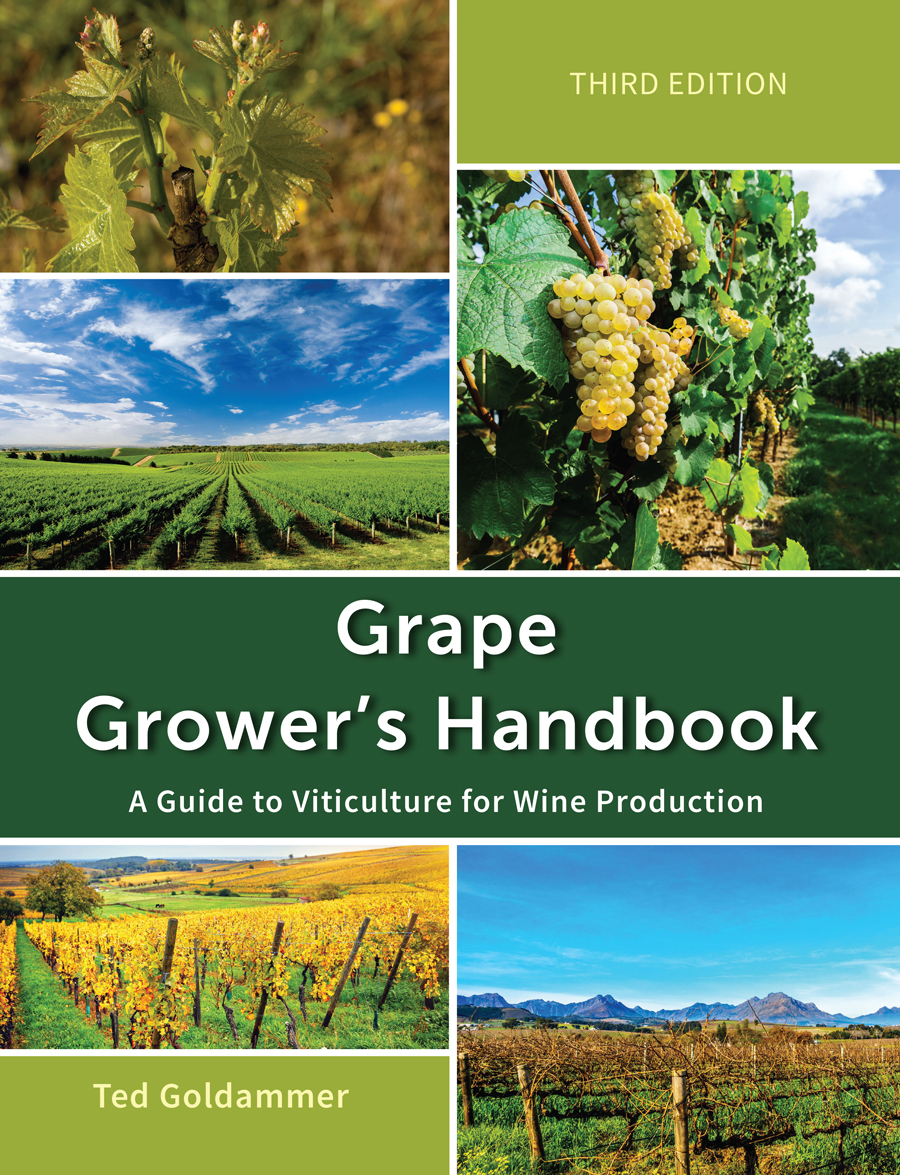Pesticides for Grapevines
Pesticide Formulations
A pesticide formulation is a combination of active and inert ingredients that forms an end-use pesticide product. The active ingredients in a pesticide are the chemicals that control the target pest. Pesticides are formulated to make them safer or easier to use. This is because many pesticide active ingredients, in “pure” (technical grade) form, are not suitable for application. In their concentrated form, some are extremely toxic, many do not mix well with water, some are unstable, and some are difficult (or unsafe) to handle, transport, or store. To address these problems, manufacturers add inert ingredients to end-use pesticide products.
Liquid Formulations
Most liquid formulations are diluted with water to make a finished spray. However, some labels direct users to mix the product with another solvent such as crop oil or other light oil as a carrier.
Liquid Flowables
Liquid flowables (L or F) are made with active ingredients that do not dissolve well in water or oil. The active ingredient is very finely ground and suspended in a liquid along with suspending agents, adjuvants, and other ingredients.
Emulsifiable Concentrates
Emulsifiable concentrates (EC or E) consist of an oilsoluble active ingredient dissolved in an appropriate oil-based solvent to which an emulsifying agent is added. Emulsifiable concentrates are mixed with water and applied as a spray.
Solutions
Solutions (water-soluble concentrates, S) consist of watersoluble active ingredients dissolved in water, for sale to the applicator for further dilution prior to field application.
Dry or Solid Formulations
Solid formulations can be divided into two types: readyto- use; and concentrates, which must be mixed with water to be applied as a spray. The properties of seven solid formulations are described in this publication. Three of the solid formulations (dusts, granules, and pellets) are readyto- use, and three (wettable powders, dry flowables, soluble powders, and water-soluble packets) are intended to be mixed with water.
Dusts
Dusts (D) are manufactured by the sorption of an active ingredient onto a finely-ground, solid inert such as talc, clay, or chalk.
Granules
The manufacture of granular formulations (G) is similar to that of dusts except that the active ingredient is sorbed onto a larger particle. The inert solid may be clay, sand, or plant materials.
Pellets
Pellets (P) are very similar to granules, but their manufacture is different. The active ingredient is combined with inert materials to form a slurry (a thick liquid mixture).
Wettable Powders
Wettable powders (WP) are dry, powdered pesticide formulations that resemble dusts. Unlike dusts, however, they contain wetting and dispersing agents. These are chemicals used to help wet the powder and disperse it throughout the tank.
Soluble Powders
This is a dry formulation that contains a high percent active ingredient. Soluble powders (SP or WSP) look like wettable powders, but they form a true solution when added to water.
Water-Dispersible Granules or Dry Flowables
Water-dispersible granules (WDG), also known as dry flowables (DF), are like wettable powders except instead of being dust like they are formulated as small, easily measured granules.
Other Formulations
Microencapsulated Pesticides
Microencapsulated (M) pesticides are dry particles or liquid droplets surrounded by a coating. Coatings may be plastic, starch, or some other material. Microencapsulated pesticides are mixed with water and applied as a spray.
Water-Soluble Packets
More and more pesticide products are available in watersoluble bags (WSB or WSP). A special film packages a precise amount of wettable powder, soluble powder, or gel containing the pesticide active ingredient(s).
Click on the following topics for more information on pesticides for grapevines.

